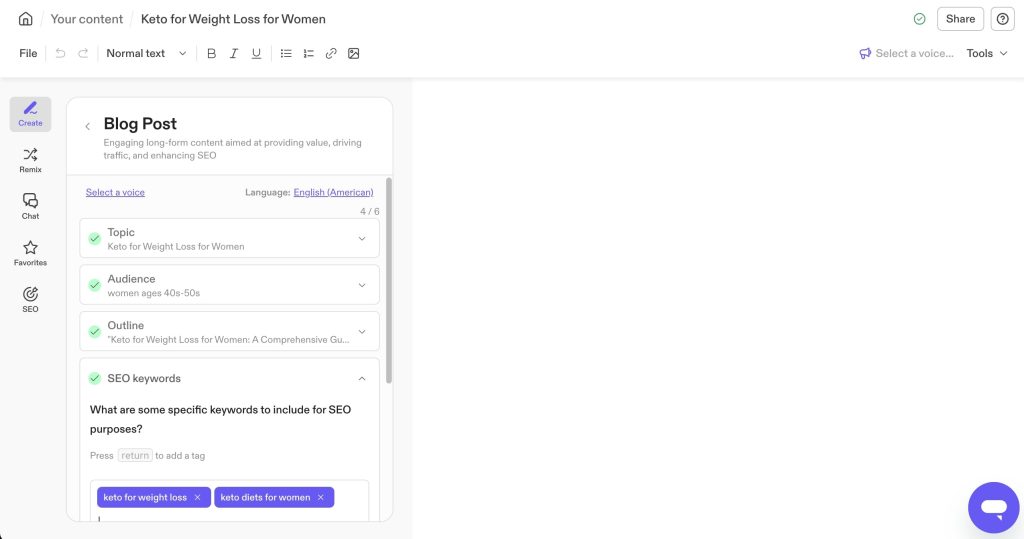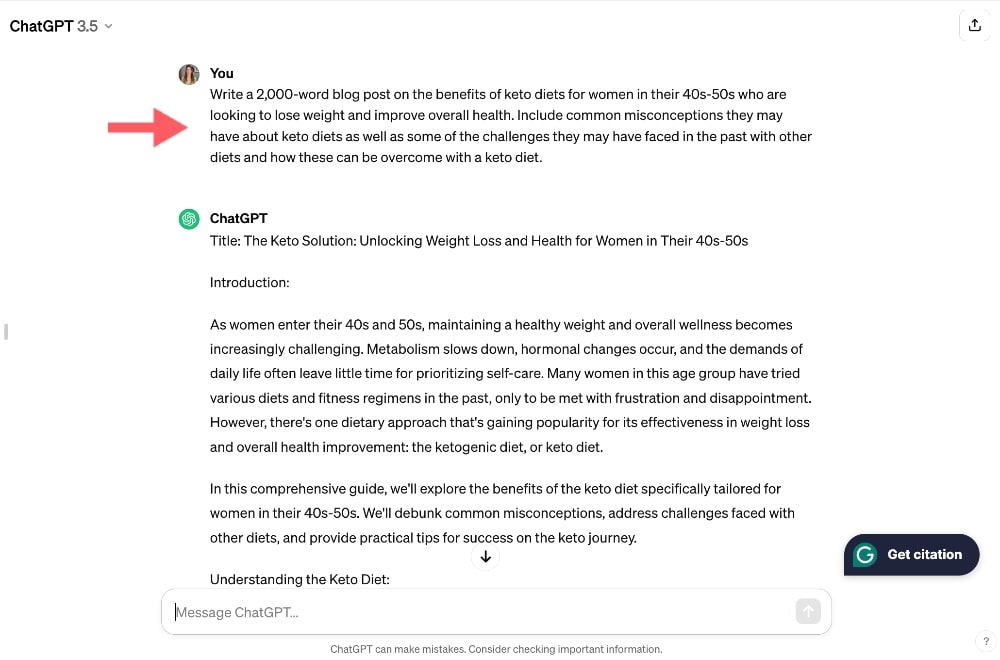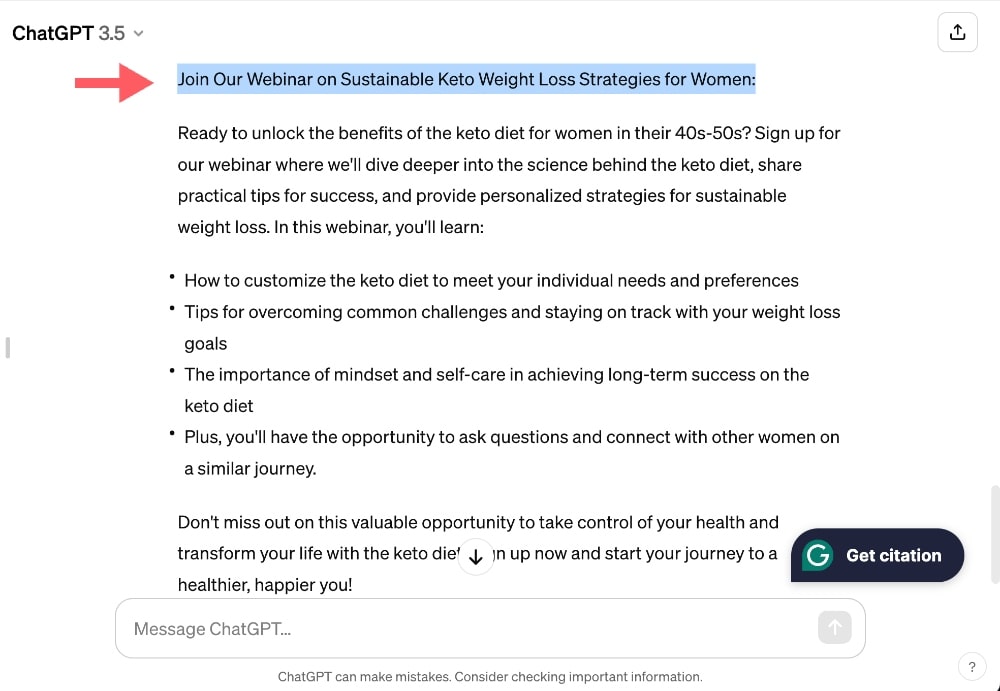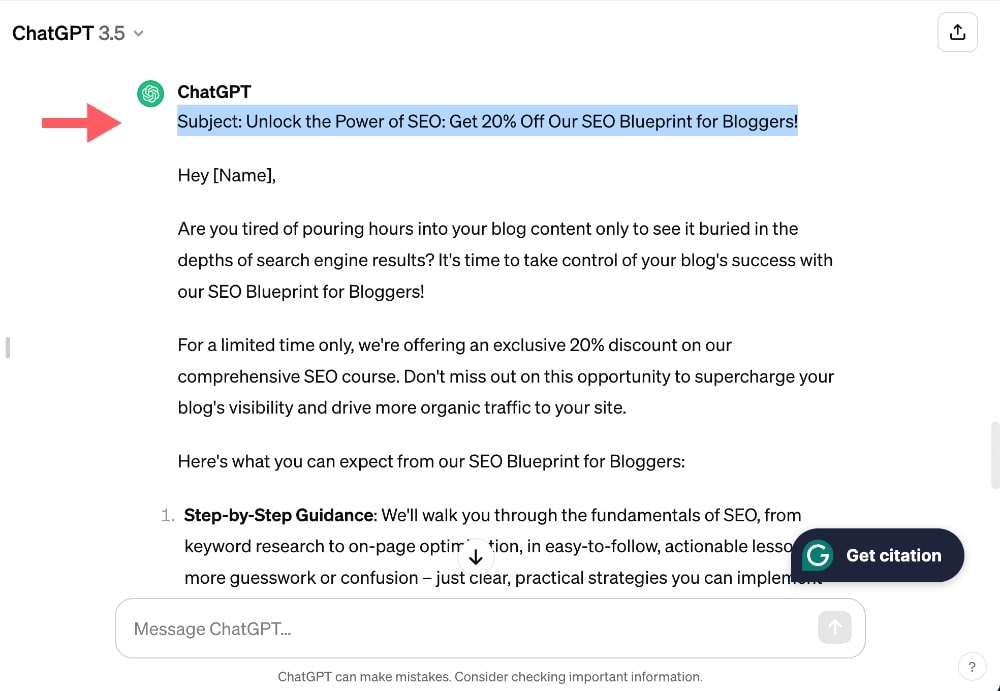As the use of Artificial Intelligence (AI) continues to grow in various industries, more and more people are looking for ways to incorporate it into their own work.
The power of AI-driven writing assistants is transforming how we approach content creation, enabling us to produce more, think bigger, and innovate faster than ever before.
Whether you’re a content marketer, a novelist, or just someone looking to simplify tasks in your life, understanding how to write good prompts can have a significant impact on what you get from your efforts.
In this comprehensive guide, we’ll explore the best practices for writing AI prompts that will unlock new levels of efficiency and creativity in your work.
By dissecting successful examples and unlocking the secrets to effective AI-assisted writing, you will leave equipped with actionable insights to 10x your output.
Understanding the Purpose of AI Prompts

Before we dive into the specifics of AI writing prompts, it’s important to understand their purpose and how they can benefit your work.
AI prompts are essentially a set of instructions or queries that you provide to an AI-driven writing assistant to generate content based on your specifications.
They act as a starting point for the AI, guiding its thinking process and narrowing down the scope of what it should focus on.
Sometimes, you might want to keep your prompts broad to see what AI comes up with.
Other times, you might be looking for something more specific: i.e. help with building an online course or specific lessons for that course.
In that case, you need to be more specific with your prompts to make sure AI generates the most helpful and related answers possible.
Best Practices for Writing Effective AI Prompts
Now that we understand the purpose of AI prompts, let’s dive into some best practices for writing effective ones.
1. Consider the Purpose of Your Prompt
When writing creative prompts, the initial step is to think about the intended outcome.
Ask yourself what you are hoping to achieve—be it generating ideas for a blog post, composing a series of tweets, crafting an engaging story, or producing a professional report.
This clarity of purpose helps tailor the prompt to align precisely with your objectives, ensuring the AI produces results that are relevant and on target.
But it’s about more than just the high-level goal. You need to get more granular and consider the intended impact as well.
- Bad Example: “Write about keto diets for women.”
- Better Example: “Write a 2,000-word blog post about keto diets for women.“
Telling the AI that you want a blog post written helps it to provide structure and context to the answers that it provides.
While this is an improvement, it still doesn’t tell us much about the direction this content should take. It’s still very high-level.
Pro Tip:
AI tools like Jasper have blog post templates built in to help you add more context to your prompts and generate entire blog posts (and other forms of content) for you.

2. Consider Your Target Audience
Understanding who you are writing for is paramount in formulating an AI prompt that resonates deeply with your audience.
Try to identify who your target audience is as well as their demographics, interests, and the challenges they may face.
This information equips the AI with context to tailor the content to meet the audience’s specific needs and preferences.
For instance, if you’re writing content for financial professionals, the language, tone, and complexity will significantly differ from content aimed at young adults starting their journey in finance.
Therefore, an effective prompt might include phrases that cater to industry jargon or simplify complex topics for easier understanding, depending on the audience.
Let’s add to our example from the previous point:
- Good Example: “Write a 2,000-word blog post on the benefits of keto diets for women in their 40s-50s who are looking to lose weight and improve overall health.“
- Better Example: “Write a 2,000-word blog post on the benefits of keto diets for women in their 40s-50s who are looking to lose weight and improve overall health. Include common misconceptions they may have about keto diets as well as some of the challenges they may have faced in the past with other diets and how these can be overcome with a keto diet.”
Adding these specific details helps the AI generate content that speaks directly to your target audience.

3. Use Keywords and Phrases
Including keywords and phrases in your AI prompts can significantly impact the quality and relevance of the content generated.
These words and phrases can act as guideposts for the AI as well as help you write SEO-optimized content, which can help you reach a larger audience.
They also help ensure that the writing assistant doesn’t stray too far off-topic, ultimately saving you time and effort in having to sift through irrelevant information.
Let’s add this to our example from above:
- Better Example: “Write a 2,000-word blog post on the benefits of keto diets for women in their 40s-50s who are looking to lose weight and improve overall health. Include common misconceptions they may have about keto diets as well as some of the challenges they may have faced in the past with other diets and how these can be overcome with a keto diet. Use the keywords: “keto diet for women” and “keto diet for weight loss.”
By including specific keywords, you’re telling the AI exactly what topics to focus on and ensuring that the content generated is relevant and valuable.
4. Consider the Desired Outcome
It’s also crucial to consider the desired outcome when writing prompts.
Think about what you want your audience to do after reading the content generated by AI.
Is it to take action, share the content, or simply be informed and entertained?
This intention affects the language used in the prompt as well as the type of content that will be produced.
For example, if your aim is to increase sign-ups for a webinar, your prompt might include something like:
- Example: “Write a 2,000-word blog post on the benefits of keto diets for women in their 40s-50s who are looking to lose weight and improve overall health. Include common misconceptions they may have about keto diets as well as some of the challenges they may have faced in the past with other diets and how these can be overcome with a keto diet. Use the keywords: “keto diet for women” and “keto diet for weight loss. Include a compelling call-to-action at the end to sign up for a webinar on sustainable keto weight loss strategies for women. Make sure to highlight what they will learn in the webinar.
This instructs the AI to not only produce content with persuasive elements but also to focus on a specific outcome—getting readers to register for the webinar.

You could also simply ADD the CTA to the end of our longer prompt from the above examples.
5. Consider the Format and Structure
AI prompts are not just limited to text-based queries; they can also include formatting and structure specifications.
For example, if you want the AI to generate content for a specific social media platform like Twitter or Instagram, you can specify the desired character limit and formatting style.
Similarly, if you’re looking to create a visual presentation, you can provide prompts for image selection, placement of text, and even animation effects.
This level of detail ensures that the AI creates content that is ready to use, saving you time and effort in the editing process.
Examples of Effective AI Prompts
Let’s look at some examples of effective prompts that incorporate the best practices we’ve discussed above.
1. Product Description
- Good Example: “Write a 300-word product description for our new line of organic skincare products.”
- Better Example: “Write a compelling and informative 300-word product description for our new line of organic skincare products. Include details on the ingredients used, their benefits for different skin types, and how they align with our brand’s values of sustainability and natural beauty. Use keywords like “organic skincare” and “natural beauty” to optimize for SEO.”
This prompt includes specific guidelines for content that not only describes the product but also highlights its unique selling points and promotes it effectively.
You can also include any information you have on the product itself to make the answers more accurate (i.e. company values, ingredients used, etc.)
2. Social Media Post
- Good Example: “Write a 100-character tweet promoting our new podcast episode on sustainable living.”
- Better Example: “Write a persuasive and attention-grabbing 100-character tweet promoting our latest podcast episode on sustainable living. Use hashtags like #sustainability #podcast and mention our guest speaker for this episode, sustainability expert Jane Smith.”
This prompt provides specific guidelines for creating a social media post that not only promotes the podcast episode but also engages with hashtags and mentions to increase visibility and reach.
3. Marketing Email
- Good Example: “Write a marketing email for our upcoming sale on an SEO course for bloggers.”
- Better Example: “Write an attention-grabbing and persuasive marketing email promoting our upcoming sale on Six-Figure Blog Builder. Highlight a limited-time offer of 20% off to create urgency and drive sales. Include the benefits and expected results from this course.”
This prompt not only specifies the desired platform and format but also includes elements of persuasive writing to achieve a specific outcome—increased sales.

4. Video Script
- Good Example: “Write a video script for a YouTube video about the importance of self-care.”
- Better Example: “Write a compelling and informative video script for a YouTube video about the importance of self-care. Include personal anecdotes, expert insights, and practical tips for incorporating self-care into daily life. Use keywords like “self-care” and “mental health” to optimize for SEO. The target audience is women ages 45-65.”
This prompt provides specific guidelines for creating a video script that not only educates and entertains but also appeals to a specific audience and optimizes for SEO.
It also encourages the use of personal anecdotes and expert insights to make the content more relatable and trustworthy.
5. E-book
- Good Example: “Write a 10-page e-book on the benefits of practicing mindfulness.”
- Better Example: “Write an informative and easy-to-read 10-page e-book on the benefits of practicing mindfulness. Include a mix of scientific evidence, personal anecdotes, and practical tips for incorporating mindfulness into daily life. Use keywords like “mindfulness” and “mental health” to optimize for SEO. The target audience is men ages 25-45.”
This prompt not only specifies the desired length and topic but also provides guidelines for creating a well-researched and compelling piece that appeals to both logical and emotional factors.
FAQs About Writing AI Prompts
Ready to Take AI-Assisted Writing to the Next Level?
With the advancements in AI and language generation, the possibilities for AI-assisted writing are endless. By using clear and specific AI writing prompts, you can harness the power of AI to create content that is informative, engaging, and tailored to your needs.
Keep experimenting with different prompts and platforms like GPT-3 and ChatGPT to see how they can enhance your writing process.
Remember to always review and revise the generated text, as AI is still constantly learning and may produce biased or inappropriate responses.